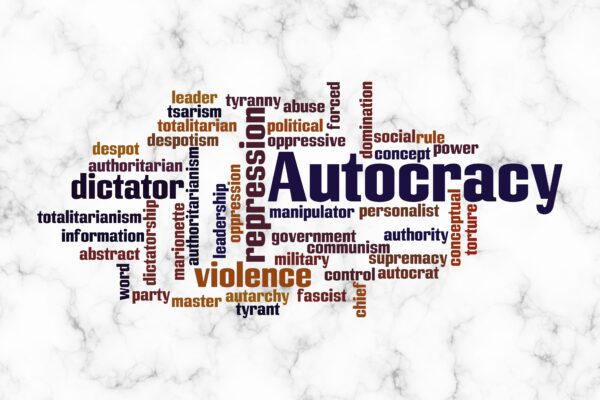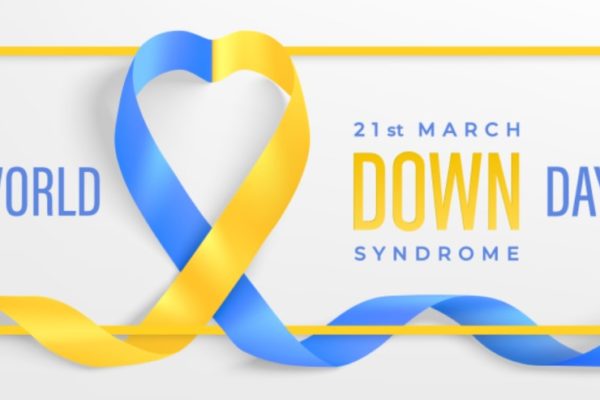The other day I was gripped by the sight of two teams of four cyclists whizzing around the Olympic velodrome, each team member hunched low over their bike and seemingly only an inch between the back wheel of one and the front wheel of the rider behind. I marvelled at these athletes powering around the track in unison until the front cyclist, energy spent, peeled off to the top of the ramp leaving their teammates to take up the challenge to the final line.
The race reminded me of similar scenes in the recent Tour de France and particularly of the fascinating interaction between Mark Cavendish and his ‘lead out man’, Mark Renshaw. In both examples we have individuals putting all their strength into creating a pathway to allow those behind to succeed. Of course, in the case of the team pursuit, if the team members behind the lead out rider win, the entire team wins so there is a perfect alignment of interest for the lead out rider to push as hard as he or she can. That alignment of interest was less clear for Renshaw. Whilst there was widespread admiration for the role he played, Cavendish got to wear the green jersey and claim the glory.
We often discuss team dynamics in the workplace and, with an increasing emphasis on diversity, there is greater focus on the different skill set of team members combining to create a collective that is greater than the sum of the parts. In Renshaw’s case, he best describes his skill-set: “I came from a sprinting background so I know what position you need to win, but I never had the legs to win. I know the position but I never had the power. I was always good over a longer sprint, I suppose that’s how I fell into doing lead-out. I just missed that little bit extra punch.”[i]
When I read Renshaw’s quotation it reminded me of a year-end review when a manager might ask a team member to discuss their strengths and weaknesses. Fearing the repercussions around admitting falling short in a particular area, the ‘weakness’ cited would often be recycled strengths: “oh, I know I can be too passionate about things at times.” The difference with Renshaw is that he was able to pinpoint where he knew some one else could do a better job – that final punch for the line.
Perhaps with all the analysis and measurement involved in sport it is easier to be honest about where one’s strengths and weaknesses lie. In the work context we can seek to build balanced teams through diversity, be that through gender, ethnicity, culture or through some form of cognitive assessment, perhaps using psychometric testing to identify key personality characteristics. But notwithstanding those measures the hardest part of the team working effectively is to ensure alignment to the group success. More often than not individuals are incentivised in a way that puts their individual goals at odds with the team goal. Whilst we can hope for genuine honesty about strengths and weaknesses to form the ideal team, as the economists say incentives matter.
[i] https://www.cyclingweekly.com/news/racing/mark-renshaw-how-to-be-a-lead-out-rider-335267






